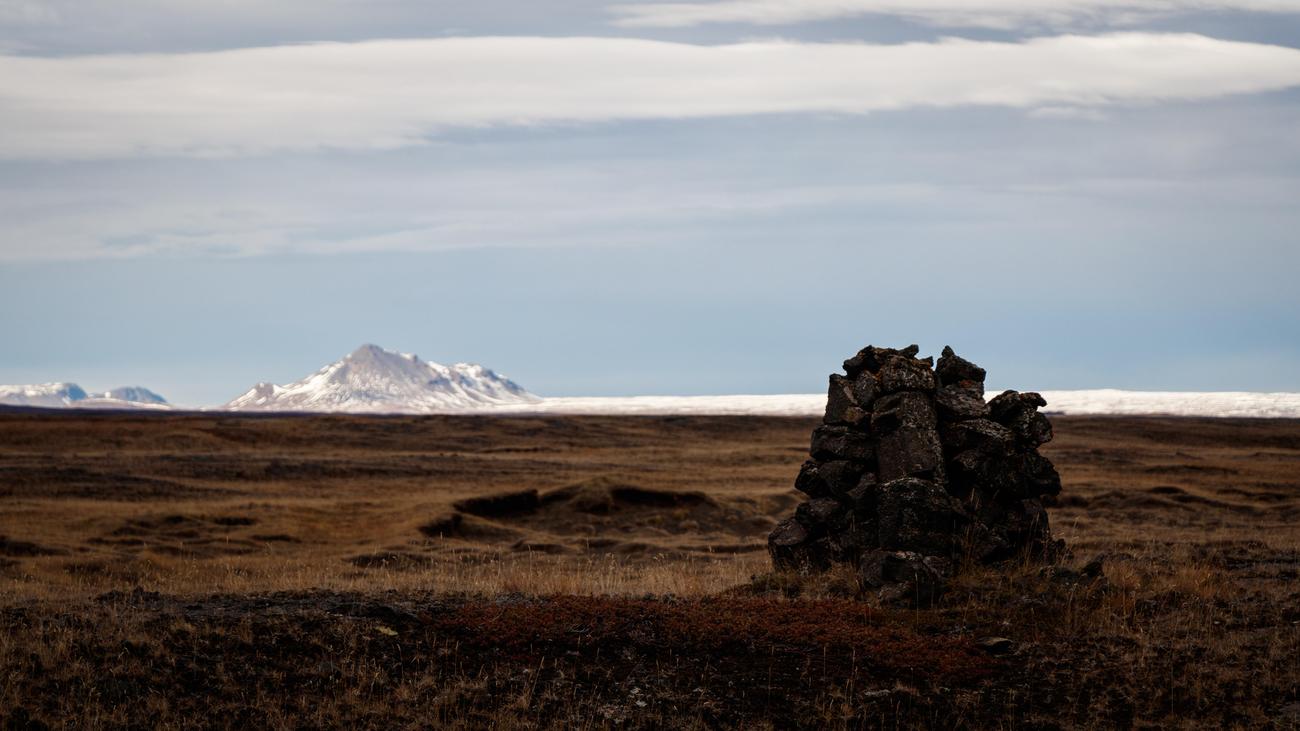Is consuming melted dry ice safe? Many individuals are intrigued by this inquiry; however, prior to delving into the response, it is imperative that we first grasp the notion of dry ice. Dry ice, also known as solid carbon dioxide, is an intriguing substance characterized by a direct transition from solid to gas, bypassing the intermediate liquid phase. Common applications include scientific experiments, the creation of dramatic fog effects, and the chilling and preservation of perishable goods. However, extreme caution is required when consuming dry ice in its liquefied state. This article will discuss the potential risks and safety precautions associated with consuming dissolved dry ice. Therefore, let us explore the scientific community in an effort to decipher the enigma surrounding this extraordinary substance.

Can you drink dry ice when it melts?
As the solid state of carbon dioxide, dry ice is frequently employed for purposes such as chilling beverages at parties, facilitating theatrical effects, and transporting temperature-sensitive items. Caution should be exercised, however, when it comes to dry ice combustion. This article aims to examine the potential hazards and perils linked to the consumption of melted dry ice, while also discussing the proper and secure applications of this extraordinary substance.
Comprehending the Characteristics of Dry Ice
Prior to exploring the subject matter, it is crucial to have a thorough understanding of the characteristics of dry ice. The temperature at which dry ice is solidified is -78.5 degrees Celsius (-109.3 degrees Fahrenheit). This renders it an exceptionally efficient chilling agent; however, improper handling may result in potential hazards. Sublimation is the process by which dry ice changes from a solid to a vapor during its melting without first becoming a liquid. This exceptional behavior, if ingested or misapplied, may result in severe consequences.
Consequences of Potentially Consuming Dry Ice
Carbon dioxide gas is released when dry ice dissolves, which can cause suffocation. High concentrations of this gas can cause asphyxiation, which is characterized by an oxygen deficiency within the body. This may result in fatality, loss of consciousness, or vertigo in extreme cases.
2. The ingestion or direct contact with dry ice may lead to thermal burns, frostbite, or damage to the skin, pharynx, or internal organs as a consequence of its exceedingly low temperature.
3. Contamination Considerations Gloves are required when handling dry ice in order to prevent burning and contamination with bacteria or other hazardous substances. Dry ice that is soiled or contaminated when added to beverages can cause health problems.
Consequences of Consuming Melted Dry Ice
1. Risk of Asphyxiation Consuming molten dry ice can cause significant carbon dioxide gas to be released within the body, which is an extremely hazardous byproduct. This may result in an abrupt reduction in oxygen levels, which may ultimately lead to asphyxiation.
2. Thermal Injuries: Internal organs and the pharynx can sustain severe damage from ingesting melted dry ice. Facial tissue may sustain frostbite-like injuries or burns upon direct exposure to the extremely low temperature.
3. Chemical Reactions: A fizzy effervescence is produced when dry ice is exposed to liquids, including saliva or gastric acid, through the occurrence of a chemical reaction. Ingestion of this substance may result in discomfort, irritation, or even bodily harm.
Appropriate and Safe Applications of Dry Ice
Although consuming melted dry ice is detrimental to health and strongly discouraged, there are still viable and secure applications for dry ice in diverse contexts, such as chilling beverages at social gatherings or fabricating visually striking effects. The following are some suggestions for contemplation:
1. Appropriate Handling: To prevent skin burns, consistently employ gloves or tongs when dealing with dried ice.
2. Chilling Beverages: The incorporation of dry ice into beverages can produce visually impressive effects. Prior to use, it is essential to verify that the dry ice is sterile and devoid of any impurities.
3. Safety Precautions: Dry ice should never be consumed or placed directly in a glass when used to chill beverages. Use a dry ice container or a cloth to encase the dry ice to prevent it from mixing with the beverage.
4. Ventilation is a critical aspect to consider when working with dry ice, as it inhibits the accumulation of carbon dioxide gas. This will reduce the likelihood of becoming suffocated.
5. Education and Awareness: It is of the utmost importance to provide knowledge and raise awareness regarding the potential hazards and proper management procedures pertaining to dry ice. This will aid in injury and catastrophe prevention.
To conclude,
Although the idea of consuming dissolved dry ice may appear alluring, doing so could potentially result in significant health and safety hazards. Due to the potential for asphyxiation, thermal burns, and chemical reactions, Smithing this substance is neither prohibited nor secure. But with proper and responsible handling, dry ice can serve as an intriguing garnish for beverages and for use in cinematic effects. By maintaining knowledge of dry ice’s properties and adhering to the necessary safety precautions, one can appreciate its alluring attributes while remaining informed and secure.
Dry ice is a fascinating substance that can amaze even the most stoic of individuals. Did you know that when dry ice is exposed to warm water, it undergoes sublimation, transforming from a solid directly into a gas without passing through the liquid phase? If you’re interested in learning more fun facts about dry ice, click here to uncover a world of captivating information!

FAQ
First, is consuming dissolved dry ice safe?
Answer 1: Consuming melted dry ice is not a secure practice. Carbon dioxide in the form of dry ice is hazardous to consume if ingested. As it dissolves, it transforms into gas, which, if inhaled, can cause asphyxiation. For your safety, it is recommended to refrain from ingesting dry ice.
Second, what are the possible risks associated with the ingestion of dry ice?
Answer 2: Dry ice consumption is associated with a number of health hazards. Dry ice is exceedingly frigid and, upon contact, can cause burns to the skin or trachea. Inhalation of the gas produced when dry ice dissolves may also result in asphyxiation. Dry ice must be handled with extreme caution, and ingestion should be avoided.
Can dry ice be utilized to cool beverages?
Answer 3: It is possible to refrigerate beverages using dry ice. It resists sedimentation in beverages and can be utilized to generate visual effects in lieu of liquid haze. Nonetheless, proper handling of dry ice is essential to ensuring that it is contaminant-free and pristine. It is necessary to observe safety measures in order to prevent accidents and injuries.
Question 4: What are the safest methods for handling dried ice?
Answer 4: Gloves are required when handling dry ice in order to prevent burning. It is imperative to prevent any form of direct skin contact or ingestion. Before using dry ice in beverages or for other purposes, ensure that it is contaminant-free and clean. By adhering to safety protocols and exercising the requisite precautions, one can effectively mitigate the risk of accidents and injuries.
Fifthly, are dry ice cocktails capable of generating enthusiasm at cocktail parties?
Answer 5: When used properly, dry ice cocktails can indeed add enthusiasm to cocktail parties. Achieving visual effects in beverages with dry ice, such as asmokying or smoky effect, can elevate the overall experience. However, it is imperative to exercise caution when handling dry ice and prevent its direct ingestion.
- Star Ring Trends: Etsy vs Amazon - March 28, 2025
- Boost Pollinator Habitats: Baby Blue Eyes Sustainable Farming Guide - March 28, 2025
- Protect Big Black Bears: Effective Conservation Strategies - March 28, 2025
















